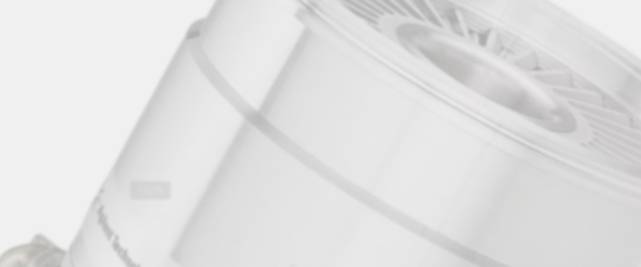Dec . 10, 2024 23:01 Back to list
Differences Between Brake Drums and Brake Pads Explained for Better Vehicle Maintenance
Brake Drums vs. Brake Pads Understanding the Differences and Applications
When it comes to vehicle safety and performance, the braking system is one of the most critical components. Every driver relies on their car's brakes to function optimally, ensuring safe stops and preventing accidents. Among the numerous components of a braking system, brake drums and brake pads play pivotal roles. This article aims to explore the differences between brake drums and brake pads, their applications, advantages, and disadvantages, providing a comprehensive understanding for car owners and enthusiasts.
Brake Drums Explained
Brake drums are circular components typically found in drum brake systems. They work in conjunction with brake shoes and are usually located at the rear of most vehicles, although some cars use them on the front as well. The design of the brake drum is such that when the brake pedal is pressed, hydraulic pressure forces the brake shoes against the inner surface of the drum. The friction created between the shoes and the drum slows down the vehicle.
One of the primary advantages of brake drums is their effectiveness in providing strong braking power, especially in older vehicles and larger vehicles like trucks. They also tend to be more effective in wet conditions because the design helps keep the braking surface dry, giving drum brakes an edge during adverse weather.
However, brake drums have their drawbacks. They tend to be heavier than disc brakes, which can affect overall vehicle weight and efficiency. Additionally, brake drums can generate excessive heat during prolonged use, potentially leading to brake fade, where the braking power diminishes due to overheating.
Brake Pads Explained
On the other hand, brake pads are essential components of disc brake systems, which have become the standard for most modern vehicles. A disc brake includes a rotor, which is a flat metal disc, and the brake pads, which are mounted on either side of the rotor. When you press the brake pedal, hydraulic pressure pushes the pads against the rotor, creating friction and slowing down the vehicle.
brake drums vs pads

Brake pads are generally lighter and designed for better performance. They offer efficient heat dissipation, reducing the likelihood of brake fade compared to drum brakes. Because of their modern design, disc brakes, along with their pads, typically provide better stopping power and improved response times, which is critical for driver safety.
Nevertheless, brake pads do have their drawbacks. They can wear out more quickly than brake shoes and may require more frequent replacement. Additionally, in certain conditions, they can produce more noise compared to drum brakes, especially when they’re nearing their end of life.
Comparing Performance and Applications
Choosing between brake drums and brake pads often comes down to the specific application and the type of vehicle. Heavy-duty vehicles, such as trucks and SUVs, may still rely on brake drums due to their durability and effectiveness under load. In contrast, most cars and performance vehicles use disc brakes and pads because of their superior handling and response time.
It is also worth noting that many modern cars use a combination of both systems, with disc brakes at the front for enhanced stopping power and drum brakes at the rear for cost-effectiveness and weight management. This hybrid approach allows manufacturers to leverage the advantages of both systems, optimizing vehicle performance while balancing safety and efficiency.
Conclusion
In summary, both brake drums and brake pads serve essential roles in vehicle braking systems, and understanding their differences can help you, as a driver, to make informed decisions about vehicle maintenance and upgrades. While brake drums are effective in certain applications, brake pads generally offer better performance and efficiency for modern vehicles. As technology continues to advance, the trend leans towards disc brake systems, which prioritize safety and reliability. Regular maintenance, including inspections and timely replacements of either system, is critical to ensure your vehicle remains safe on the road. Ultimately, whether your vehicle utilizes brake drums or brake pads, the key is to ensure that both are in optimal condition for your safety and the safety of others on the road.
-
Volvo Brake Drum: OEM Quality, Optimal Safety
NewsAug.27,2025
-
Durable Brake Drum MAZ for Heavy Duty Trucks | High Performance
NewsAug.26,2025
-
FUWA: Premium Quality, Reliable Performance & Innovative Solutions
NewsAug.25,2025
-
Liza Brake Drum: Superior Quality & Performance for Safe Driving
NewsAug.24,2025
-
Iveco Brake Drum | Premium OE Quality for Daily & Eurocargo
NewsAug.22,2025
-
Your Brake Drum Man: Quality & Performance Parts
NewsAug.21,2025
